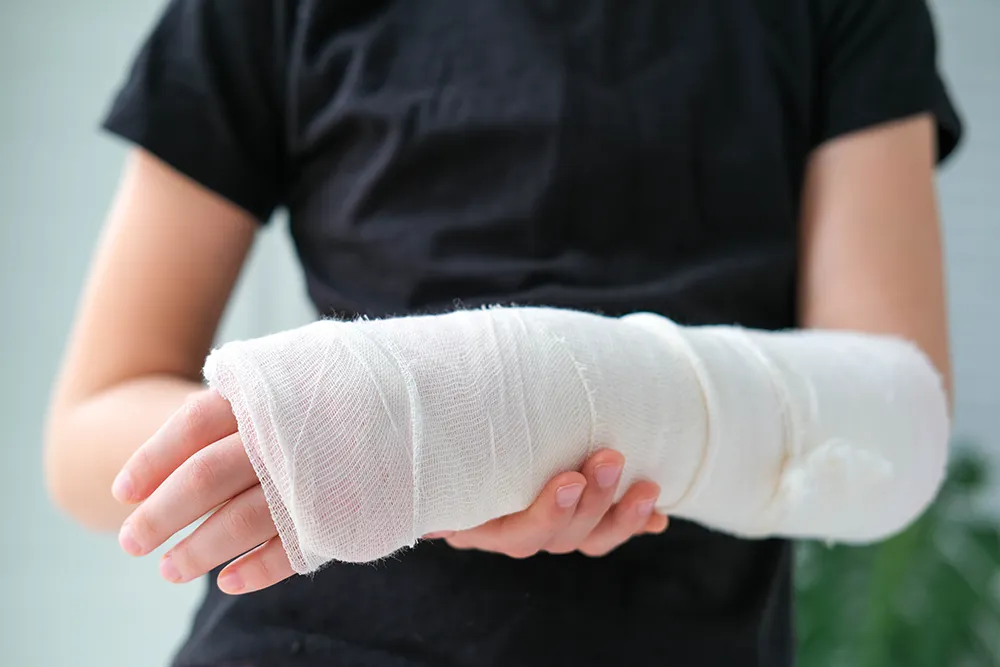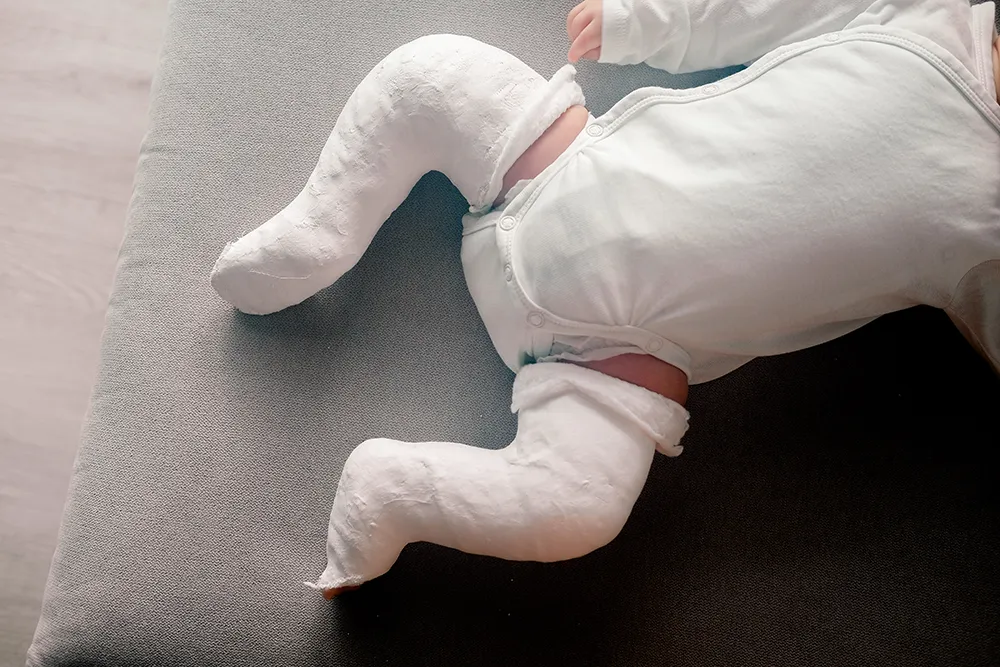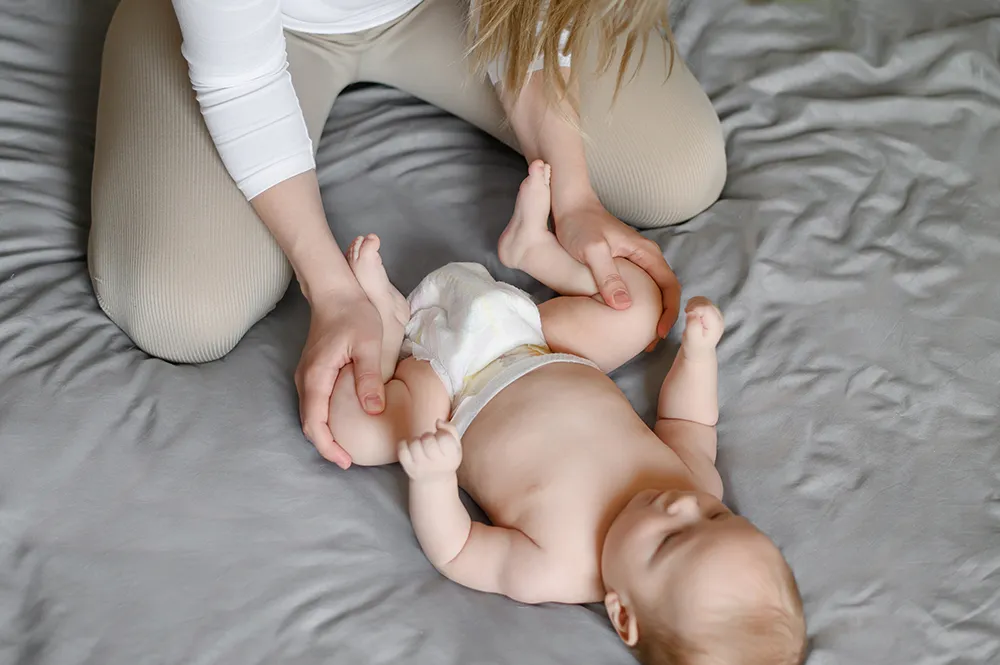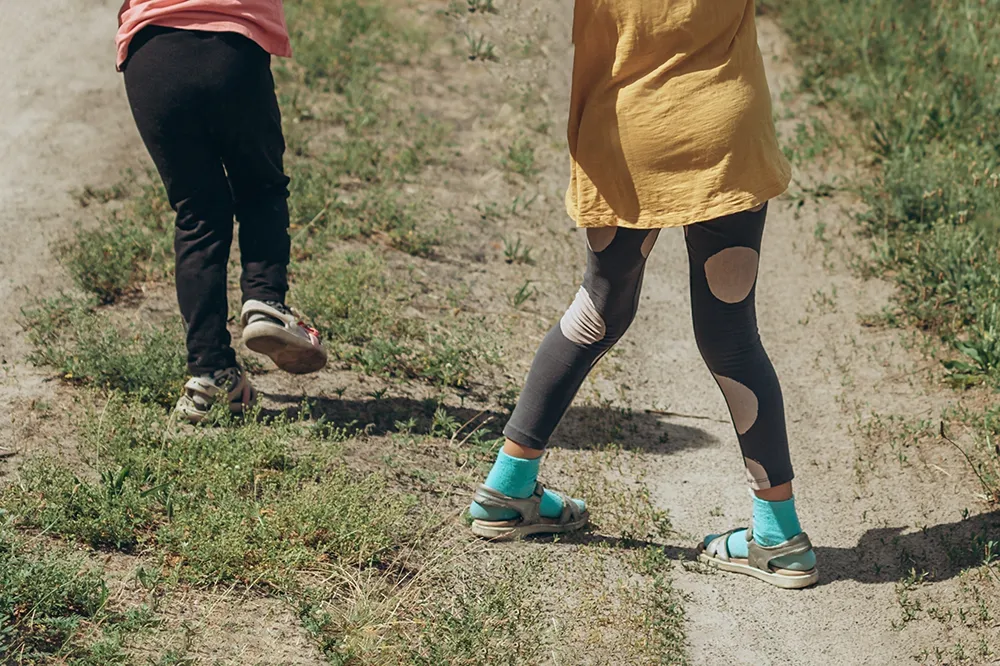Limb Length Discrepancy
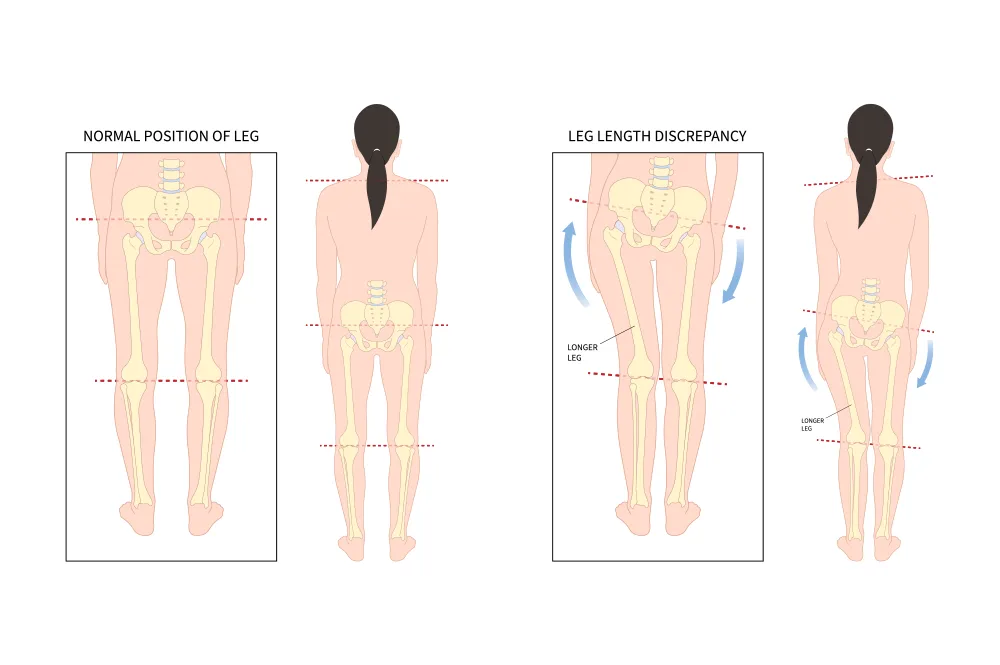
What is limb length discrepancy?
Limb length discrepancy (LLD) occurs when there is a noticeable difference in the lengths of the arms or legs.
In many cases, children are born with legs of different lengths. This congenital condition may not be noticeable to parents until the child begins to crawl or walk, at which point the discrepancy can become more evident. Sometimes, limb length discrepancy is associated with other congenital malformations, such as clubfoot or developmental dysplasia of the hip.
In other instances, limb length discrepancy can develop over time due to illness or injury. Conditions like fractures that heal improperly, bone infections, or diseases affecting bone growth, such as osteomyelitis or juvenile arthritis, can lead to differences in limb length.
What causes limb length discrepancy?
LLD can be congenital or develop over time due to various factors:
Congenital Causes
Some children are born with differences in limb lengths. This might be linked to other congenital malformations like clubfoot or developmental dysplasia of the hip.
Acquired Causes
- Bone Diseases/Dysplasias: Conditions like Ollier disease, neurofibromatosis, and multiple hereditary exostoses can impact bone growth
- Infections: Bone infections such as osteomyelitis can disrupt growth plates
- Neurologic Conditions: Disorders like cerebral palsy can cause muscle imbalances, affecting bone growth
- Inflammatory Conditions: Diseases like juvenile idiopathic arthritis can influence limb growth
- Trauma: Injuries, especially those affecting growth plates, can result in discrepancies
- Tumors: Tumors or their surgical removal can impact bone growth
Many of these conditions are present at birth, but limb length discrepancy may not become
noticeable until later in childhood as the child grows and becomes more physically active.
Symptoms of limb length discrepancy
Limb length discrepancies can affect the arms or legs, and the effects can vary from child to child:
- Differences in bone size, often in the femur, tibia, or fibula
- Walking difficulties, such as limping or tiptoeing on the shorter leg
- Fatigue due to increased effort in movement
- Increased risk of conditions like low back pain, osteoarthritis, and scoliosis
Does limb length discrepancy require treatment?
The need for treatment of leg length discrepancy depends on several factors, including the underlying cause, the extent of the discrepancy, and the child’s age. In many instances, minor differences in leg length can be addressed by using a shoe lift or insert in the shoe of the shorter leg. However, more significant discrepancies might require further intervention.
Treatment for limb length discrepancy
Non-surgical treatments
- Shoe Lifts: Used to level leg lengths for minor discrepancies
- Physical Therapy: Helps reduce pain and improve function
- Occupational Therapy: Assists in developing fine motor skills
- Adaptive Devices: Aid in daily activities
- Prosthetics: Can be used for short or amputated limbs
Surgical treatments
Limb-lengthening surgery encourages new bone growth in a shorter leg or arm and is only performed on patients with significant limb-length differences that disrupt daily activities. This procedure is usually done when patients are in their late teens or early adulthood.
New bone forms in the space created by the limb-lengthening process. The surgery takes several months to complete and may need to be repeated, depending on your child’s growth stage and the severity of their limb-length discrepancy.
External lengthening
- Involves cutting the bone in the shorter leg.
- A frame, known as an external circular-ring fixator, is attached to the bone with pins or wires
- The frame is manually adjusted to gradually separate the bones, allowing new bone to grow
- The frame is worn until the newly formed bone is strong enough to support the patient
- Careful maintenance and cleaning of the pins are essential to prevent infection
Internal lengthening
- Similar to external lengthening, the bone in the shorter leg is cut
- An expandable metal rod is surgically implanted
- The rod is gradually extended, pulling the bones apart and encouraging new bone growth
- The process may take several months
- It has a lower risk of wound complications compared to external lengthening

